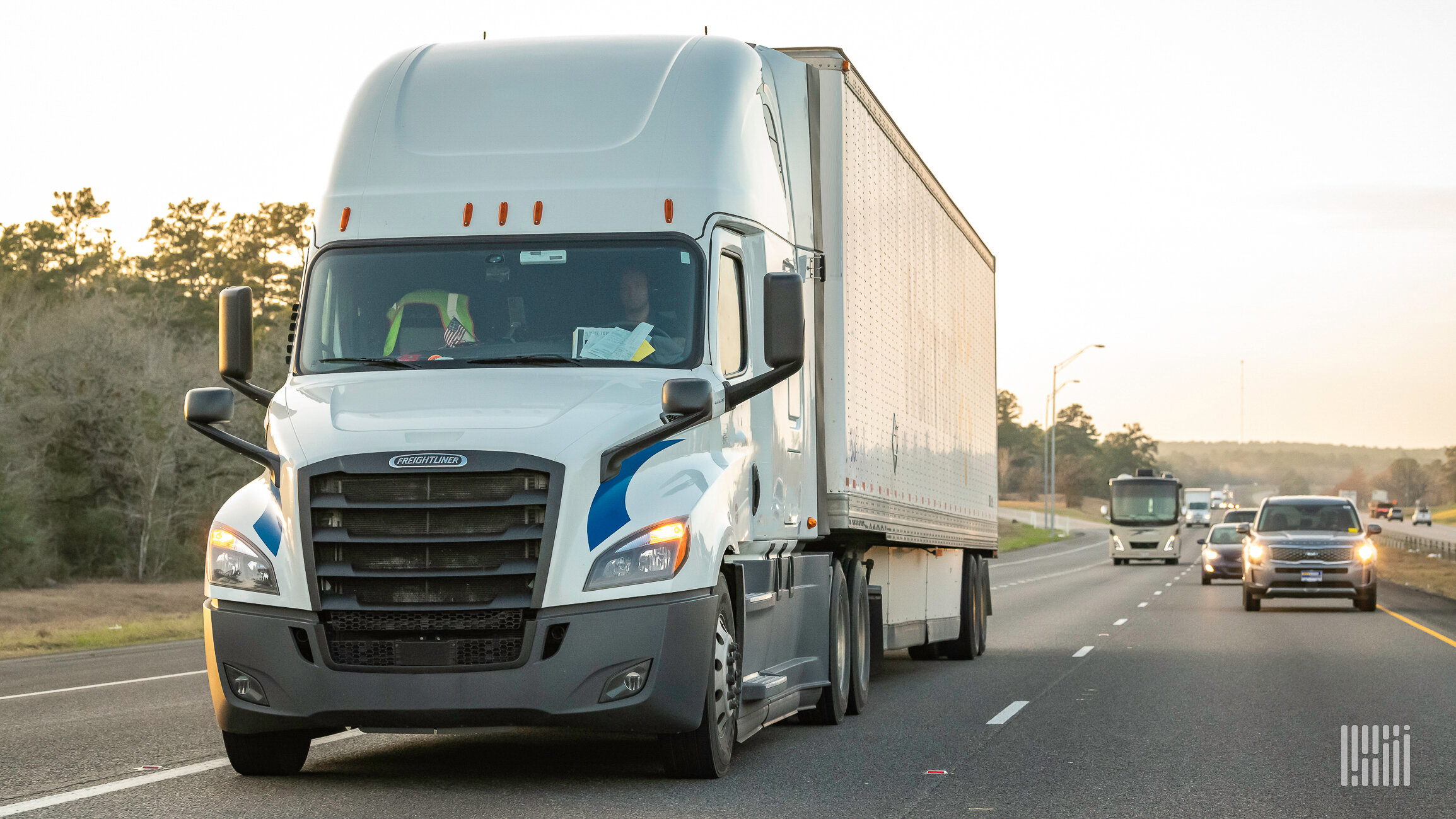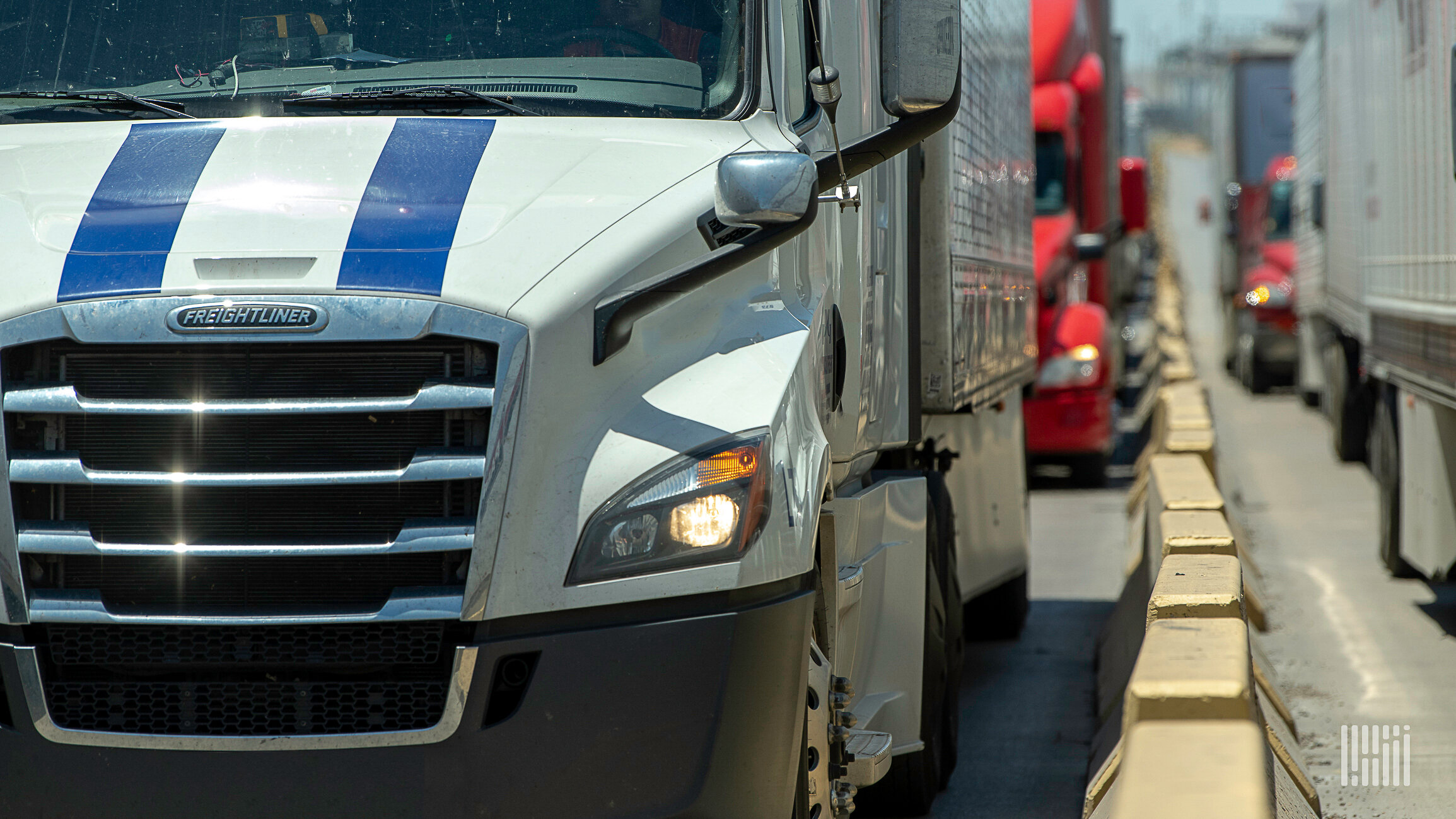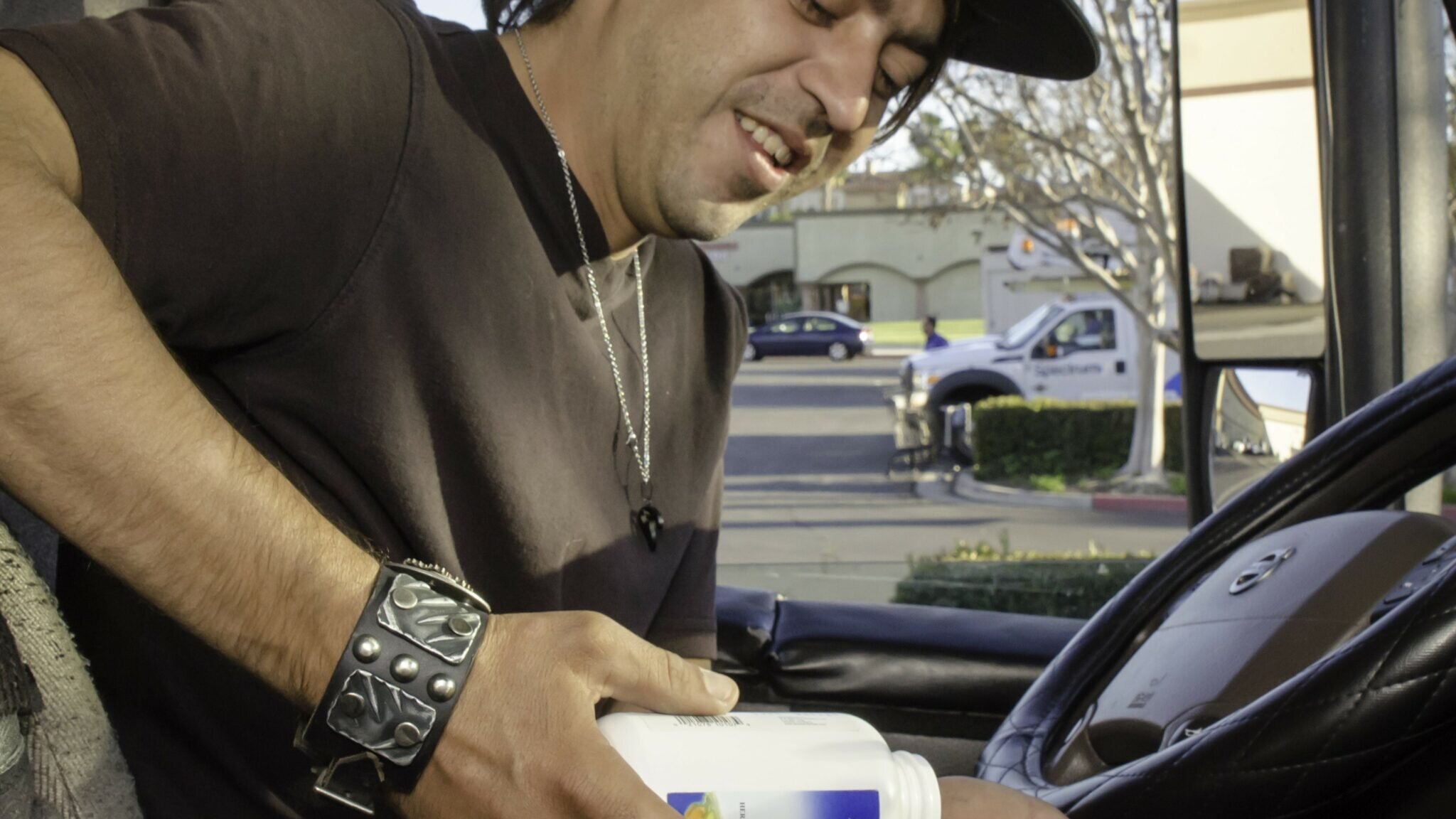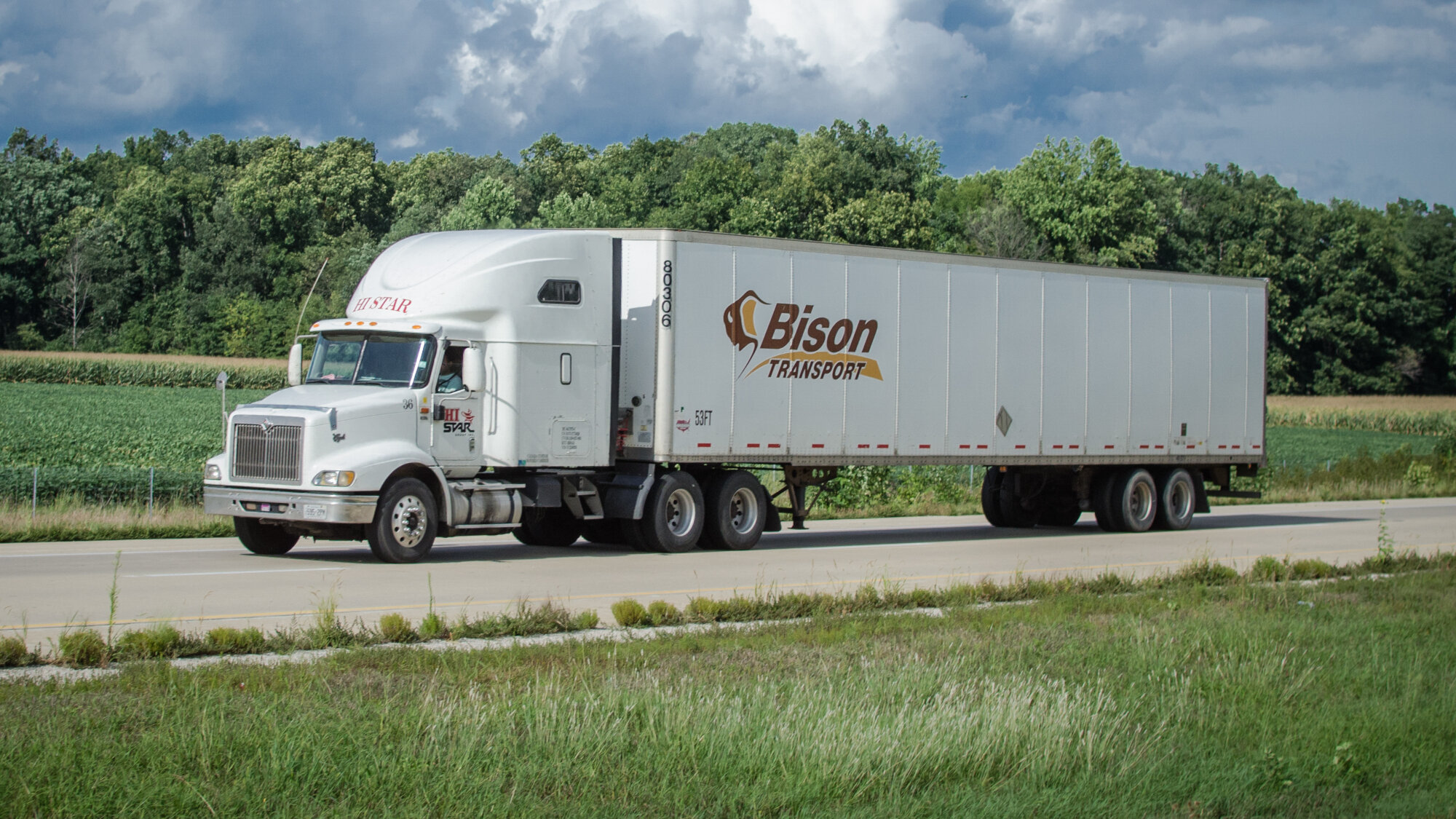
The COVID-19 pandemic has provided an opportunity for cargo thieves, with third-quarter thefts increasing each month year-over-year, according to data from CargoNet. (Photo: Shutterstock)
The COVID-19 pandemic has provided an opportunity for cargo thieves, with third-quarter thefts increasing each month year-over-year, according to data from CargoNet.
The Verisk Analytics-owned data firm, which tracks cargo thefts, found that combined, there were 319 reported cargo thefts in Q3 this year, compared to 259 in Q3 2019. September saw a 26.92% increase year-over-year.
CargoNet found a similar theme in Q2 as well. Thefts in Q2 increased 371 in 2020, with a 91.43% year-over-year increase in April alone, compared to 257 in 2019.
Scott Cornell, the 2vp Travelers Inland Marine and Transportation segment leader, told FreightWaves that cargo thieves are focused.
“Cargo thieves are going to steal what they can sell,” he said. “In that sense, cargo thieves have tunnel vision.”
For years, electronics were the No. 1 item cargo thieves targeted, but the 2008 Great Recession shifted that. The economic toll the recession took on Americans shifted buying habits, and thieves responded.
“By 2010, food and beverage became the Number 1 stolen commodity,” Cornell said. “During economic crisis, people go back to basics – you’re going to clothe yourself, you’re going to feed yourself.
“As we sit here today, food and beverage has held that Number 1 spot since then,” he added.
Comparing 2008 to 2020, Cornell said correlations can be drawn.
“The natural thought is that the cargo thieves are out there stealing the PPE and masks, and there has been some of that … but the industry did a pretty good job to make sure those commodities were not stolen,” he noted, adding that thieves are interested in goods that can be quickly sold. In good times, that is electronics, but during times of economic hardship, that is food and beverage, which is quickly consumed, leaving no trace.
Cornell said the same principle applies during storms, when building supplies become a targeted commodity.
Cargo thieves “see opportunity,” he noted.
As the economy improved through the summer, CargoNet data has found that household goods are increasingly being targeted. This is typical as the holidays approach, Cornell said, but it has been helped by the number of people doing home repairs. In Q3, there were 58 incidents of household goods thefts in 2020, compared to 42 in 2019 and just 39 in 2018, according to CargoNet.
Conversely, food and beverage and electronics have both seen year-over-year declines.
It’s difficult to know exactly how many cargo thefts are occurring in a normal year, and 2020 has proven especially challenging.
“Cargo theft is voluntarily reported, and I can’t stress that enough,” Cornell said. “We know that a lot of law enforcement resources were reallocated to other things, so some of the cargo theft resources were shifted.”
One area that Cornell said is a trend that is likely accelerating during the pandemic is “pilferage,” the stealing of small portions of a load rather than an entire trailer of goods.
“We know cargo thieves are targeting pilferage theft,” he said. “Just like they learned about food in 2010, they’re learning about pilferage more and more.”
The reason for this is the difficulty in tracking a single pallet or even just a few boxes of goods, Cornell said, noting that in some cases, drivers don’t even know a pallet may be missing from a full truckload until the product is unloaded and counted. In many cases, these thefts are not even reported since there is no record of when it even occurred.
“There has been an ongoing shift from full truckload theft to pilferages of loaded trailers while the trailer is at rest,” CargoNet reported. “Burglary and theft incidents – most commonly, trailer break-ins and pilferages – have risen steadily each year and accounted for 22% of all reported thefts in Q3 2020.”
The firm reported that it has seen an increase in “street gangs” in major urban centers like Chicago and Atlanta engaging in this type of theft.
“There were increased reports of trailer burglary suspects brandishing firearms or assaulting drivers attempting to interfere in an active theft,” CargoNet said.
Fictitious pickups are also on the increase, thanks to the pandemic. CargoNet noted that Q3 saw a 163% spike in this crime after holding steady for two consecutive years.
“The COVID-19 pandemic has created a favorable environment for fictitious pickups,” CargoNet said. “Suspect drivers can hide their face from witnesses and surveillance video with a face mask. Suspended HOS rules and reduced truck inspections mean less chance of interaction with authorities, and a high load-to-truck ratio means there’s ample freight and a plethora of logistics companies willing to load carriers that might have gotten rejected previously.”
Cornell said the amount of cargo on the roads in 2020 is likely contributing to the uptick. FreightWaves’ SONAR Outbound Tender Volume Index (SONAR: OTVI.USA) is showing a huge jump year-over-year. The index, which measures outbound tender volume on a rolling seven-day average, was reading 15020.21, as of Dec. 6, compared to a reading of 9522.37 one year ago. Since April, the index has risen sharply from its low point of 8609.55 on April 12.
Much of that growth is being driven by increased e-commerce sales, and while Cornell doesn’t believe there is a large uptick in theft from last-mile vehicles, it is introducing more freight into the networks.
“If you take a last-mile delivery van, you’re not going to see a lot of theft in that scenario,” he said. “The drivers are in neighborhoods and in sight of the vehicle [most] of the time. There’s not a big opportunity for theft in those areas. [But] I think the sheer increase in all those goods that are being delivered to those neighborhoods is increasing the amount of freight on the road.”
Cornell advised fleets to consider proactive approaches to cargo theft. This includes the use of a “red zone,” “hard locking devices” on trailer doors, and technology.
“We really like the use of a red zone,” Cornell said. “Cargo thieves like to follow drivers away from distribution centers in the hopes that the driver is going to make a stop to get a coffee or use the bathroom. We encourage a red zone philosophy where the driver does all those things before they pick up the load … and then drive 200 or 300 miles before making a stop. Cargo thieves are lazy in that sense. Have we seen them follow trucks 400, 500 miles? Yes, but it’s the exception.”
Cornell noted that the
Travelers’ Cargo Theft team responds 24 hours a day to incidents but tracking stolen cargo can be difficult.
“Covert tracking can be very useful if you have good policies and procedures in place,” he said. “It’s very affordable and even single-use tracking devices are available now.”
Cornell suggested adding tracking to trailers at a minimum, but if the cargo inside is valuable, placing small tracking sensors on individual boxes or pallets inside the shrink-wrap can be effective in retrieving stolen product.



















